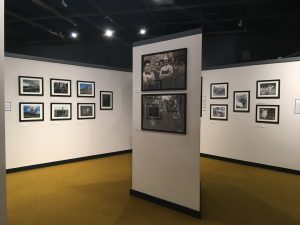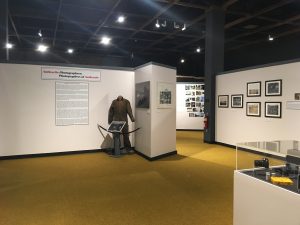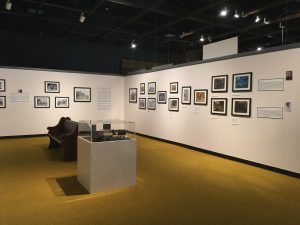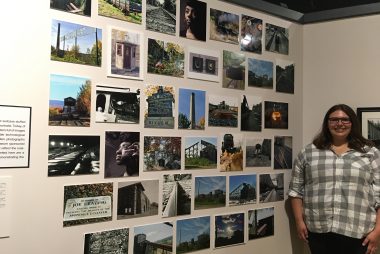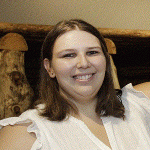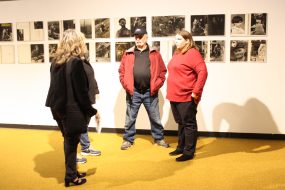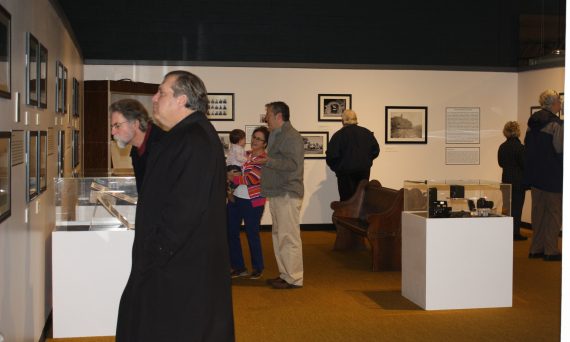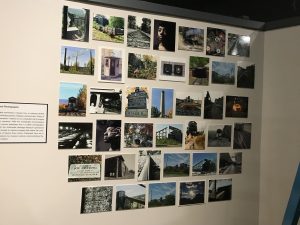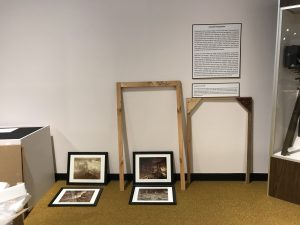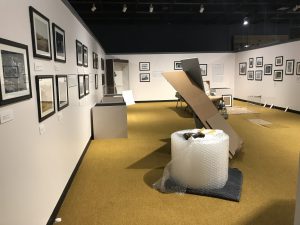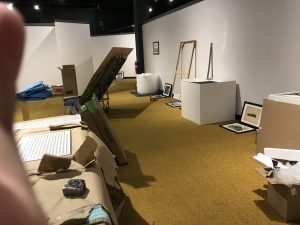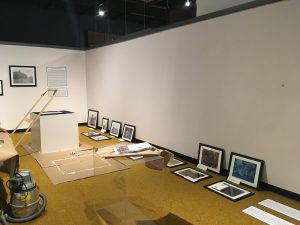Announcement: Anthracite Photographers
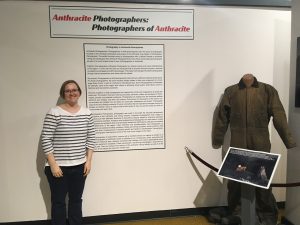 In the summer and fall 2018, I partnered with the Pennsylvania Anthracite Heritage Museum in Scranton, PA, to co-curate an exhibit on mining photography. My co-curators (AHM Director Bode Morin, and AHM Curator John Fielding) and I wanted to capture the ways in which photography has served to document, memorialize, and preserve Anthracite mining and mining culture, from the beginnings of the Anthracite industry in Northeast PA in the nineteenth century through today.
In the summer and fall 2018, I partnered with the Pennsylvania Anthracite Heritage Museum in Scranton, PA, to co-curate an exhibit on mining photography. My co-curators (AHM Director Bode Morin, and AHM Curator John Fielding) and I wanted to capture the ways in which photography has served to document, memorialize, and preserve Anthracite mining and mining culture, from the beginnings of the Anthracite industry in Northeast PA in the nineteenth century through today.
The resulting exhibit, Anthracite Photographers: Photographers of Anthracite, brought together the work of nine photographers who documented the Anthracite Region, including Lewis Hine, Frances Benjamin Johnston, Bernd and Hilla Becher, George M. Bretz, Watson Brunnell, William Herman Rau, George Harvan, John Horgan Jr., Scott Herring, local press photographs, and the photographers of the Federal Government’s HABS-HAER project. We examined the collective contributions of these artists and practitioners, and the ways in which their work catalyzed social action, served industrial purposes, and memorialized NEPA’s post-industrial landscape. The exhibit opened December 1, 2018, and featured a companion exhibition catalog. The exhibit is scheduled to be on-view at the Anthracite Heritage Museum through 2024.
–Jennifer M. Black, Assistant Professor of History, Misericordia University
Misericordia University History major Sarah Sporko provided crucial support throughout the duration of the project, with funding from Misericordia’s SURF program for the summer months. Sarah’s blog, reproduced below, chronicles the project’s completion through her internship in the fall of 2018. For more information on Misericordia University’s public history opportunities, visit misericordia.edu/history.

